Marvel Isn't Dead...Well...Sort Of?
Not dead. Just weaker with the casual crowd.
This year has been an interesting year for the studio under Disney’s stewardship with the releases of Captain America: Brave New World, Thunderbolts, and The Fantastic Four: First Steps, underlining a pattern that’s been revealing itself over the past few years. Marvel’s box office numbers are still strong, but the breadth of its audience is shrinking. Core fans will show up, but the casual watchers, the families, and the multiplex audience that once multiplied Marvel’s grosses are quieter.
The hard numbers
Across the last four phases of the MCU, there’s been a clear decline. In Phases 2 and 3 (the run that includes Iron Man 3, The Avengers, Guardians of the Galaxy 2, Black Panther, Infinity War, Endgame), the combined box office haul was ≈ $18.77B. Whereas Phases 4 and 5 (the post-Endgame years that introduced heavy streaming tie-ins and the Multiverse Saga) brought in ≈ $9.37B — a roughly 50% drop in cumulative theatrical box office between those two spans.
If you control for film count and look at per-movie averages, the gap narrows but remains worrying: average per film across Phases 2+3 ≈ $1.10B; across Phases 4+5 ≈ $721M — about a 34.7% decline per film. That’s significant, even allowing for outliers (Phase 3 was inflated by Infinity War/Endgame).
Recent box office numbers
Captain America: Brave New World opened over Presidents Day weekend to about $88.5 million and reached $100 million on the fourth day. The film grossed over $400 million worldwide on a budget of $180 million. Its second weekend earned an additional $28 million worldwide, making it a 68.3% drop — a classic sign of weak word-of-mouth and front-loaded business. The film received mixed reviews from critics and audience members alike.
'Captain America: Brave New World' A Solid Addition To The Marvel Cinematic Universe | Spoiler Review
Nearly four years after The Falcon and the Winter Soldier, Sam Wilson (Anthony Mackie) is back in the limelight with his own film, Captain America: Brave New World. Before the film’s release, the review embargos were lifted—and man, it was not looking good online. It received harsh criticism on Rotton Tomatoes and is now sitting at a critic score of 50%…
Marvel then released Thunderbolts in the spring. Domestically, the film opened with $76 million and earned around $382 million worldwide. It had a second weekend drop of just 5%. It held better than Cap 4, but analysts noted its break-even point was higher than its likely run, so it risked losing money on marketing and distribution. That said, it earned a more favorable critic score and audience response than Captain America: Brave New World.
Most recently from the MCU roster, The Fantastic Four: First Steps grossed $367.4 million worldwide on a $200 million budget (or higher). Its second weekend brought in $44 million domestically — a 66% drop. (Review coming soon!)
What happened to the audience?
There are a few causes for the loss: some structural, some economic, and some strategic.
Phase 3 was an outlier. It had Endgame, Infinity War, and multiple $1B+ films. Totals from this phase skew the comparison, as we fall back to normal releases after a once-in-a-decade run will naturally look worse.
Streaming. The theatrical window has shortened drastically. Films are mostly in theatres for a 45-day window, and if you really want, you can avoid spoilers for a month and a half, pay a one-time subscription of $10–$16, watch at home with your family for a fraction of the price, and cancel the next day. Cheap streaming bleeds into the general audience, especially those who are price-sensitive.
The `homework’ problem. Marvel’s boom in Disney+ shows (new characters and many, many new series) raised the bar for casual viewers— they now need to watch all of this content for the full experience. It starts to feel like “you must watch X shows to understand this upcoming movie.” In about 2 years, we got:
Shang-Chi
The Eternals
Black Widow
Spider-Man: No Way Home
Loki
Falcon and The Winter Soldier
Hawkeye
WandaVision
The following year: Ms. Marvel, She-Hulk, I Am Groot, Moon Knight, Thor: Love and Thunder, Doctor Strange in the Multiverse of Madness, Black Panther: Wakanda Forever. The list goes on. I MEAN DAMN— we as audience members were booked and busy, and out of all these releases, there were only about 3–4 that audiences raved about or truly cared for. There was far too much for general audiences to keep up with, and even as a Marvel fan, I slacked on the new releases in the later years.
You can’t expect audiences to do homework, and the TV shows, for the most part…were homework. You’re introducing characters not through films but through standalone shows. There’s no connection, no reason why we should have cared enough to click on their show in the first place— Wanda and Loki, never am I talking about you two. And then the quality of these shows began to dip. Like Secret Invasion, for example, it performed poorly and garnered unfavorable reviews. There was too much quantity.
To Marvel’s credit, I respect that they’ve owned up to this, acknowledged audience opinions, and are limiting releases — aiming for more quality stories and standalone TV shows. I do see an uptick in quality this year with Thunderbolts (writing-wise), Brave New World (character-wise), and The Fantastic Four (atmosphere-wise).
Economics. Now, I’m no economist, but god damn, is everything expensive? Minimum wage used to get you a decent apartment, groceries in the fridge, and gas in your tank. Nowadays, you’re scraping pennies until the next biweekly check. People have to prioritize living, paying rent or a mortgage, buying food and toiletries, and gas. The general audience can’t afford to pay for their whole family’s tickets, popcorn, and drinks when the ticket alone is $15–17, and the popcorn/drink combo is another $15, making it an easy $30–40 average per person.
Movies are expensive! Especially in The Fantastic Four’s case, it was released right after everyone had just seen Superman— people needed to recover financially. There’s no realistic world where you can see movies back to back without breaking the bank unless you have a pass, but most people don’t go often enough to make that worth it.
But the MCU has a spider in its closet 🕷️
Maybe this is a bold claim, but Spider-Man may be Marvel’s only hope.
And I say that because of the monstrous numbers Spider-Man: No Way Home pulled in at the worldwide box office ($1.92B). That number came from a lot of factors: Spider-Man is arguably the most popular superhero in the world (the character gets 5,100,000 average monthly Google searches), the leaks of Andrew Garfield and Tobey Maguire’s involvement, and the nostalgia factor. That’s not the norm — but it’s the blueprint. And Spider-Man: Brand New Day is sure to do the same, or at least close.
The set leaks from Glasgow are free marketing for Marvel. They had to reveal the new suit sooner than planned, and that reveal alone got 4M views in a week. The initial teaser got 11.5M on Twitter, and the actual reveal got 24M. The hype is already insane — and we’re still only a year out.
What can (and probably will) bring audiences back?
Event tentpoles. Clear stakes and nostalgia. Legacy cameos have shown they can fire up casual audiences. Marvel’s big crossover Avengers: Doomsday and Secret Wars are explicitly designed to be big tentpole pushes, with huge names already confirmed to return. For the cast reveal, the livestream hit 90,000 viewers on YouTube, peaked from 2 million to 4.7 million in just an hour and a half on Twitter(X, but I will always call it Twitter). My only concern is that Marvel isn’t too heavy-handed with this in the future.
Marvel Studios Playing Games & My Reaction To The Avengers: Doomsday Casting Announcement
Yesterday was a trip. Marvel live-streamed for a whopping 5 hours, revealing the cast members for Avengers: Doomsday. The live stream hit 90,000 viewers on YouTube, and I remember seeing on Twitter that it peaked from 2 million to 4.7 million in just an hour and a half. I, of course, did not watch, because I love my sanity.
Less homework. Films that work without weeks of Disney+ watching are more accessible to casual watchers. Marvel has already said they’re implementing this.
Smarter windows. Theatres want longer minimum windows, and studios want to balance streaming revenue with preserving box office legs.
Bottom line
The MCU isn’t dead, it’s just recalibrating. The franchise has its superfans who will buy opening weekend tickets in droves, but it just needs to win back its general audience and casual moviegoers. Avengers: Doomsday and Secret Wars will do that, with old cast members like Robert Downey Jr., Patrick Stewart, Ian McKellen, and Hugh Jackman, and Ryan Reynolds returning. I’m speculating the last two—but I mean it’s pretty obvious they’ll be back.
And I’m sure after the soft reboot following Secret Wars, once we start seeing the X-Men, the audience will show up more consistently. I MEAN, IT’S THE X-MEN WE’RE TALKING ABOUT. I might personally break the worldwide box office for those films alone.
The MCU will be back to its glory days; it’s just going to take some time. Marvel’s slate still contains proven event drivers; done right, those can bring the lost audience back home.



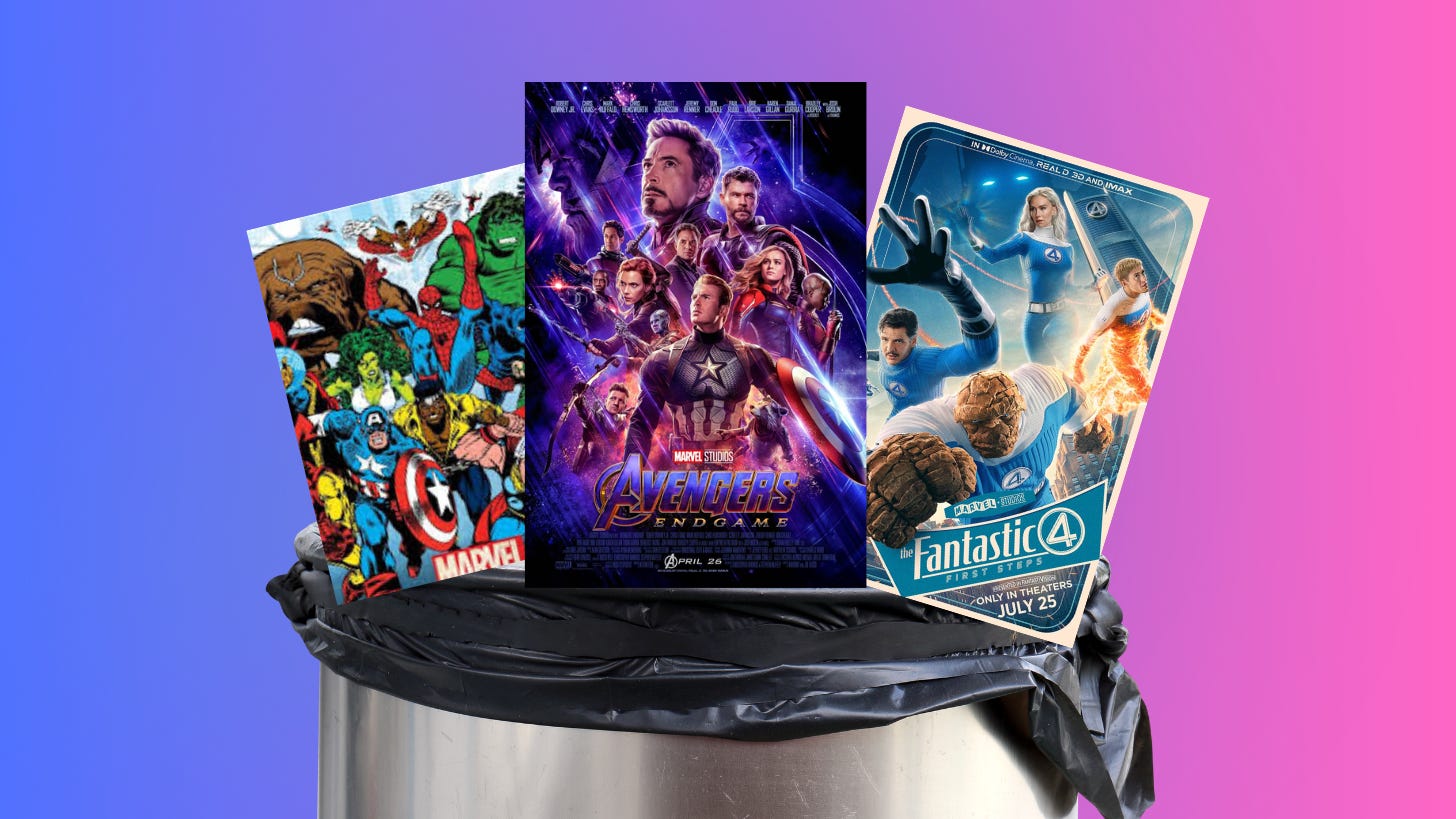
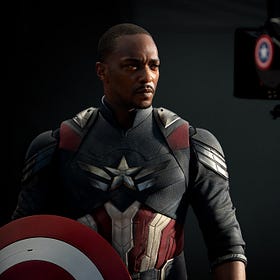
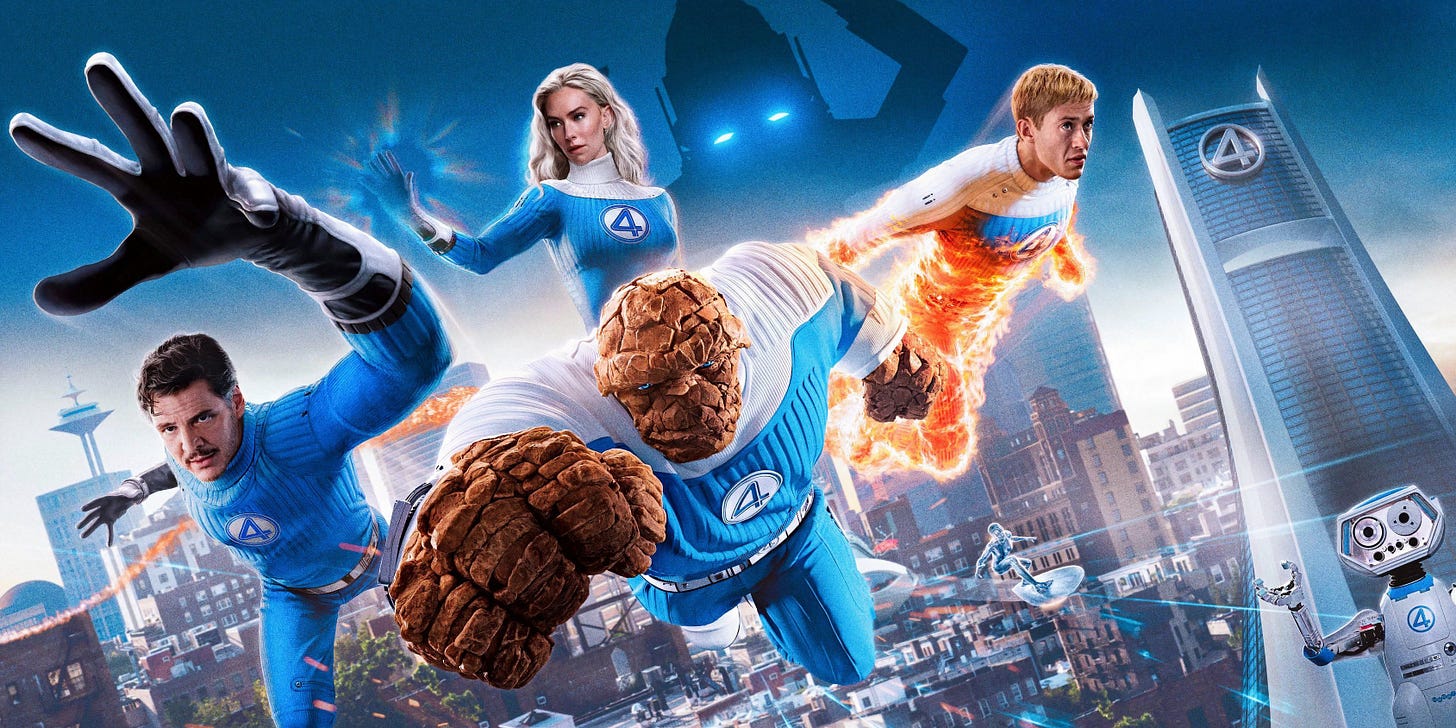
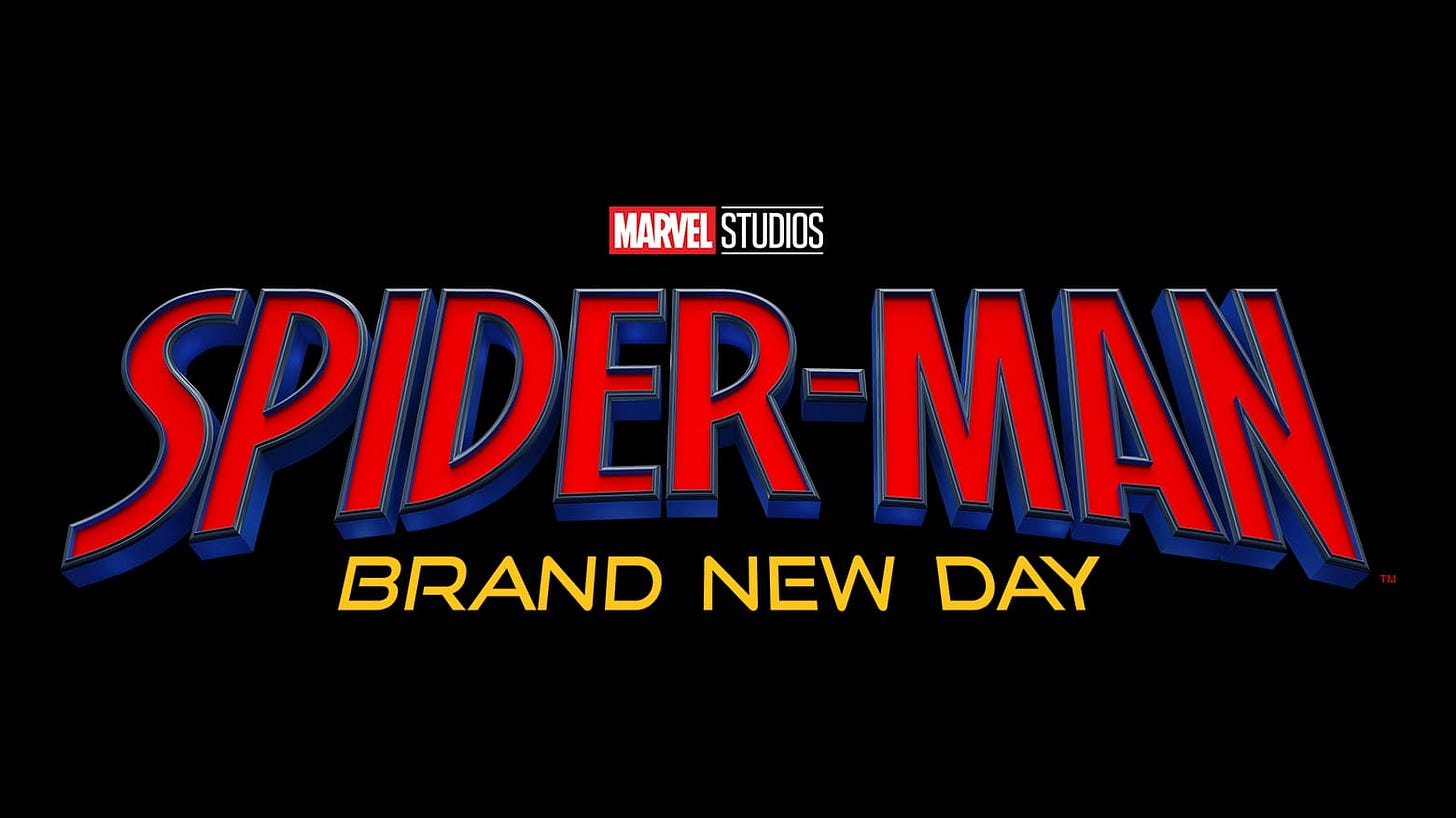
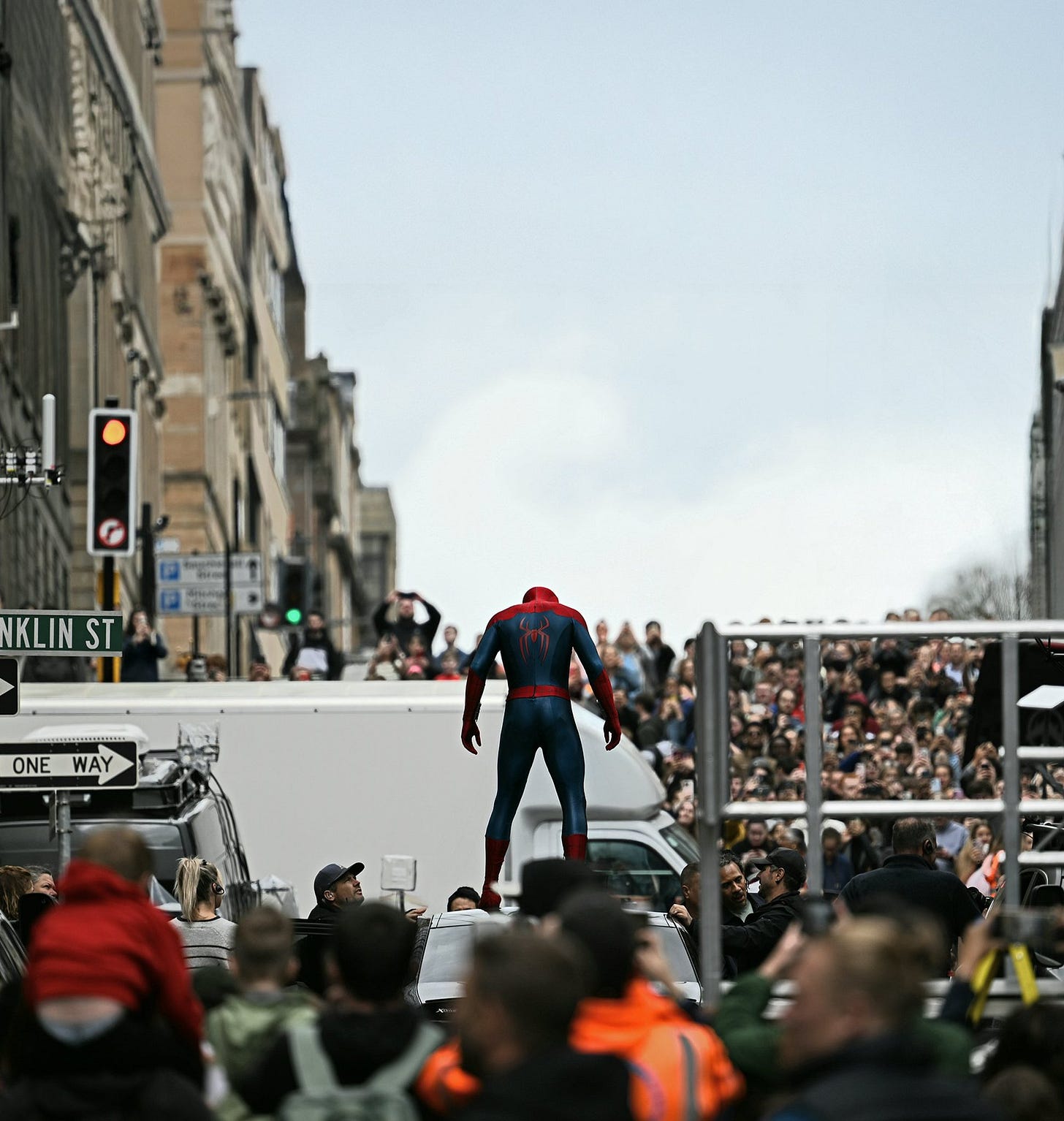
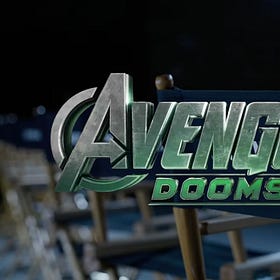
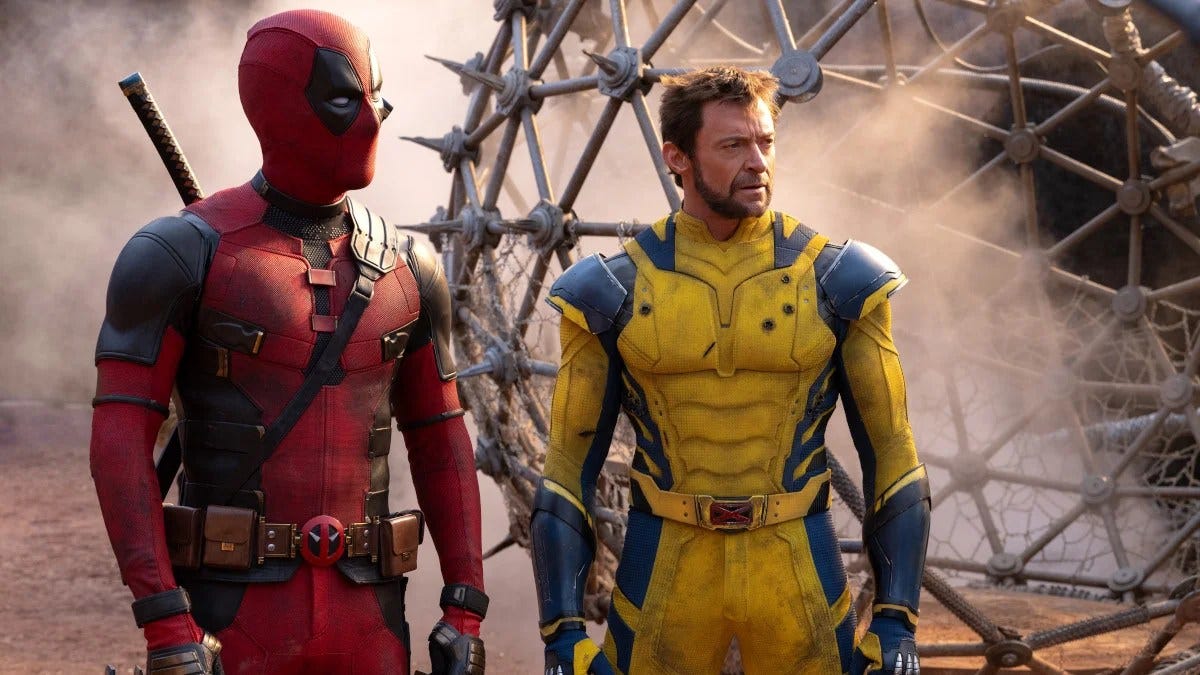

Great write up, will be very interesting to see if people flock back to the new Avengers films, I personally won't be falling for the nostalgia bait